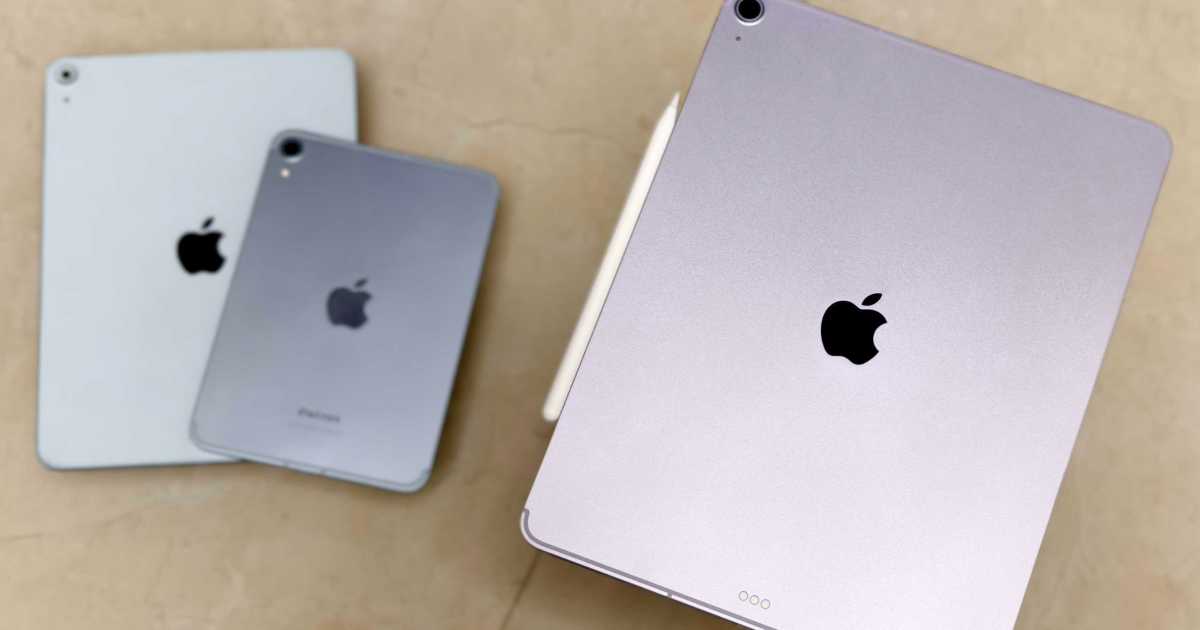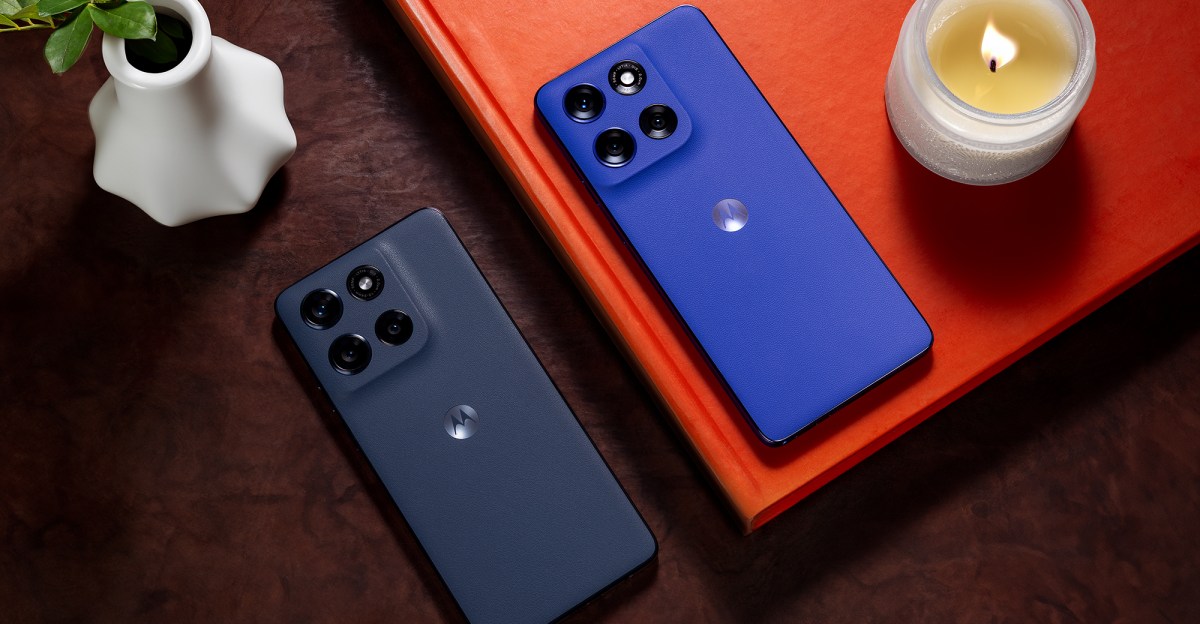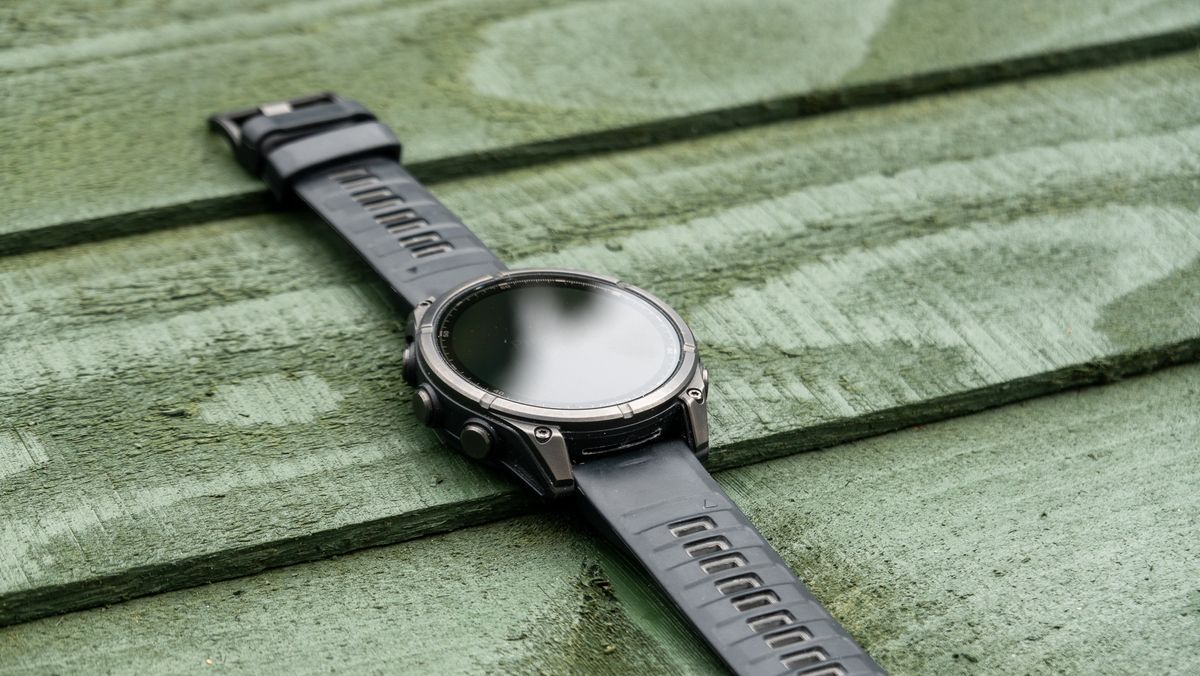
Hybrid smartwatches could make me ditch my Apple Watch for good.
Discover why hybrid smartwatches could be the ideal choice as an alternative to traditional smartwatches.
Over the years, I have owned every model of the Apple Watch Ultra, as well as each version of the Apple Watch series since its launch in 2015. After conducting a thorough test of the Withings ScanWatch Nova Brilliant in recent weeks, I have come to an unexpected conclusion: I may not purchase another Apple Watch in the future. However, as a gadget enthusiast and technology writer, it is likely that I will acquire the Apple Watch Ultra 3, which is expected to be released later this year. Nevertheless, the confidence I once had that traditional smartwatches were the best option has diminished; I am leaning towards the belief that hybrid smartwatches might be more suitable for the average consumer.
There is no denying that Apple Watches and similar products from brands like Samsung and Google have revitalized the watch industry. For centuries, watches have maintained a similar design, whether in luxury brands like Rolex and Omega, or in more affordable options like Swatch. While most conventional watches have remained in the analog realm, digital watches have been popular for decades. The arrival of smartwatches has placed multifunctional devices on our wrists, significantly increasing the popularity of watches in general. These devices now track health, fitness, and other metrics, as well as providing weather updates, calendar appointments, and information through notifications and messages. Additionally, they allow for music playback control, phone calls, interaction with voice assistants, and much more. Despite all this, this versatility is starting to feel overwhelming, especially as it becomes clear that smartwatches will not replace our phones in the short term.
The first Apple Watch was a major event, unveiled at a massive event in Cupertino in September 2014, alongside the iPhone 6. The initial model, known as the Apple Watch Series 0, offered three distinct collections, with prices ranging from $349 to $17,000 for the gold models. Despite its exorbitant initial price, it was a basic device that made an impact due to its novelty. Apple initially focused attention on its fitness functions; over time, they shifted to emphasizing its capacity to promote overall wellness through features like blood oxygen monitoring and sleep tracking.
As the years have gone by, I have begun to notice several issues regarding the Apple Watches that I can no longer overlook. These concerns are not limited to Apple devices, as I have also used Google’s Pixel Watches, which present similar frustrations. My dissatisfaction began with the persistent and poor battery life, which has not significantly improved. For instance, Apple Watch Series models offer only 18 hours between charges, which is half the battery life of the Apple Watch Ultra.
Moreover, the anxiety stemming from the constant need to glance at the watch screen for time and notifications has been increasing. It has become almost habitual to check the time repeatedly, often accompanied by the desire to explore all available functions, from workout tracking to heart rate monitoring, which can be overwhelming. I have also felt the pressure of the annual update cycle that occurs every fall when new Apple Watch models are announced. Although the excitement is palpable, there is also anxiety about keeping up with the latest technology, which can turn this enthusiasm into additional stress.
Hybrid smartwatches have been on the market for several years, introducing models like the Withings Activité and the Fossil Q Grant before the launch of the first Apple Watch. These watches combined the classic aesthetics of traditional watches with modern technology, offering notification alerts and basic activity tracking without compromising style. Over time, hybrid watches began to gain ground by incorporating more advanced capabilities that often surpassed those of the most popular smartwatches, including notable improvements in battery life and more discreet notification systems.
During my recent evaluation of the Withings ScanWatch Nova Brilliant compared to my Apple Watch Ultra 2, I noticed a transformative shift in my relationship with wearable technology. The simplicity and elegance of the ScanWatch’s traditional analog display stood in stark contrast to the distractions presented by the notifications from the Apple Watch. Furthermore, the Withings' battery life, lasting up to 30 days, represents a significant selling point that redefined my user experience by eliminating the need for frequent recharges.
Despite having switched from the Apple Watch to a hybrid, I was surprised to find I didn’t miss vital information. Thanks to the wide range of sensors and the impressive Withings app, I still have access to key features offered by the Apple Watch. This app, available for iOS and Android, facilitates tracking health and activity metrics, as well as analyzing sleep.
Switching to a hybrid watch like the Withings ScanWatch Nova Brilliant entails notable trade-offs. The absence of a touchscreen means losing the ability to navigate a visual and interactive interface. Hybrid watches often lack advanced features such as call handling and integration with voice assistants. This can be frustrating for those who rely on these functions for their daily convenience.
However, for many users, the advantages of hybrid watches may outweigh these limitations. Their impressive battery life and traditional aesthetic design make them appealing, especially for those who prefer to avoid constant digital notifications. These devices could be a seriously worthwhile option to consider.




